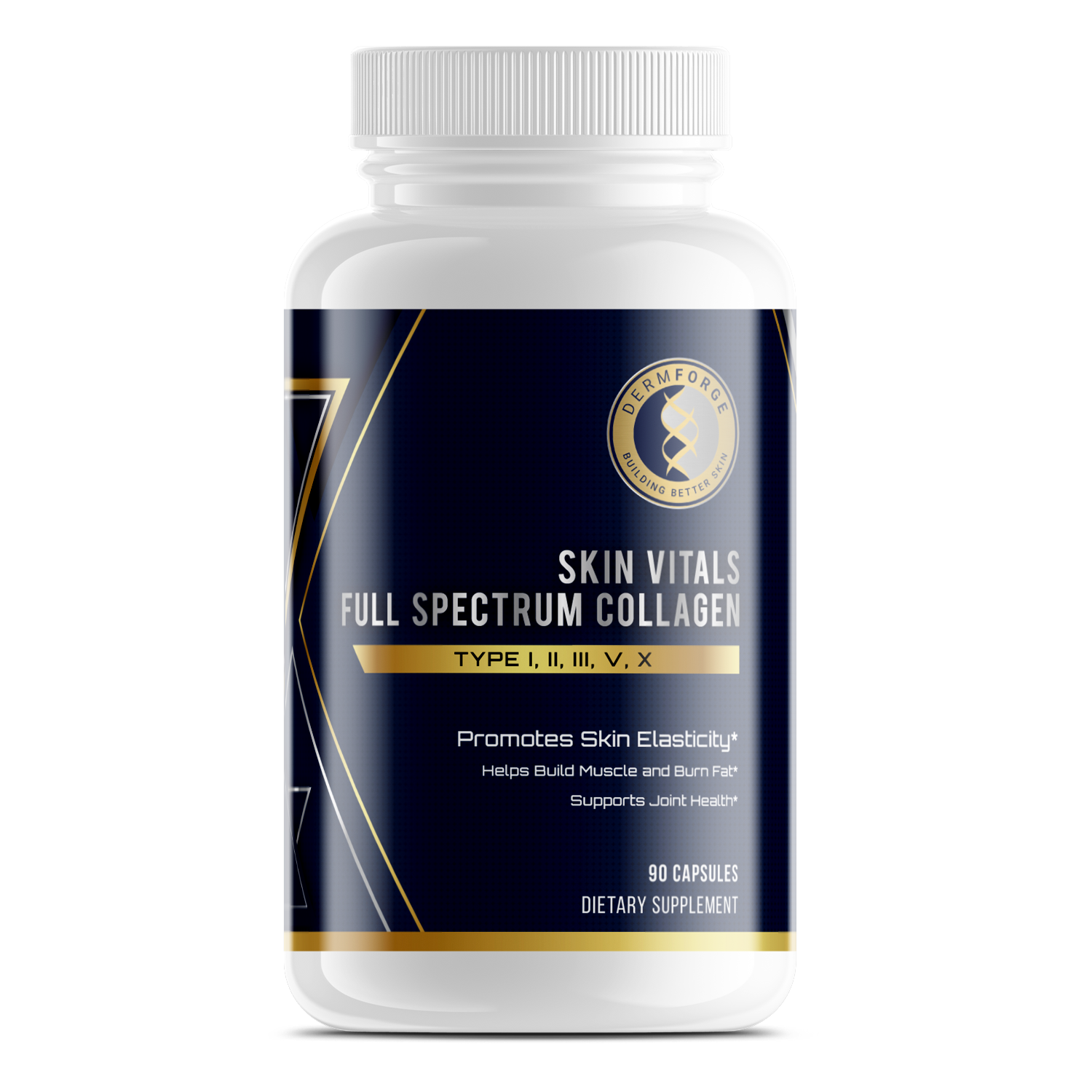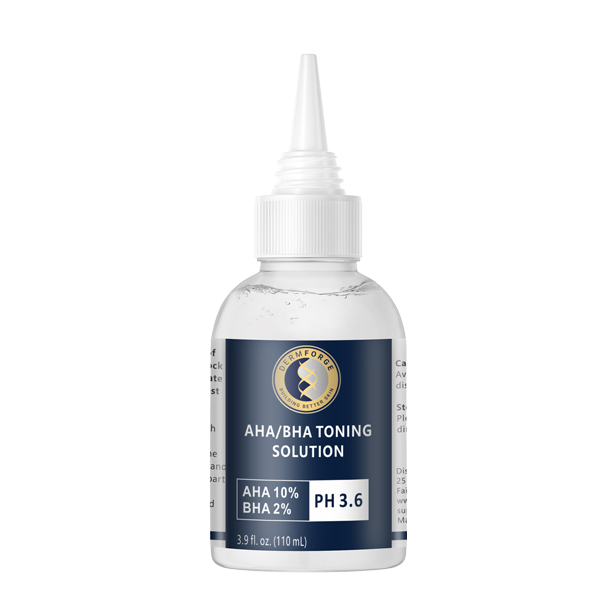Rosacea is a chronic skin condition that primarily affects the face, leading to redness, visible blood vessels, and sometimes acne-like bumps. It commonly occurs in individuals over the age of 30 and can significantly impact one's quality of life. While there's no cure, various treatments can help manage symptoms and reduce flare-ups.
Modern rosacea management techniques encompass a range of strategies, including topical treatments, oral medications, laser and light therapies, and lifestyle modifications. Topical treatments, such as metronidazole and azelaic acid, are commonly prescribed to reduce inflammation and redness. Oral antibiotics like doxycycline may be used for more severe cases to decrease inflammation. Laser and light-based therapies target visible blood vessels, reducing redness and improving skin appearance. Identifying and avoiding triggers—such as sun exposure, stress, and certain foods—are crucial steps in managing rosacea effectively.
Implementing a gentle skincare routine is essential for those with rosacea. Using products designed for sensitive skin can help prevent irritation. Regular consultation with a dermatologist is advisable to tailor treatments to individual needs and monitor progress. By combining medical therapies with appropriate skincare and lifestyle adjustments, individuals can achieve better control over their rosacea symptoms.
Understanding Rosacea: Causes and Common Triggers
Rosacea is a chronic skin condition primarily affecting the face. It manifests as redness, visible blood vessels, and sometimes acne-like bumps. The exact cause remains unknown, but factors like an overactive immune system, genetics, and environmental triggers play roles. While rosacea is not life-threatening, it can impact self-esteem and quality of life.
Identifying common triggers is essential for effective management. Exposure to sunlight often exacerbates symptoms. Extreme temperatures, both hot and cold, can also provoke flare-ups. Emotional stress is another significant factor. Additionally, consuming spicy foods and alcohol may lead to increased redness and discomfort. Recognizing and avoiding these triggers can reduce the frequency and severity of episodes.
Rosacea presents in various subtypes, each with distinct characteristics. Erythematotelangiectatic rosacea involves persistent facial redness and visible blood vessels. Papulopustular rosacea resembles acne, with redness accompanied by swelling and breakouts. Phymatous rosacea leads to skin thickening, especially around the nose, resulting in a bulbous appearance. Ocular rosacea affects the eyes, causing irritation and redness. Understanding these subtypes aids in tailoring modern rosacea management techniques to individual needs.
By comprehending rosacea's causes, triggers, and subtypes, you can better navigate its challenges. This knowledge empowers you to adopt preventive measures and seek appropriate treatments. Consequently, you can achieve improved skin health and overall well-being.
Advanced Skincare Solutions: Ingredients and Products That Help
Managing rosacea effectively involves selecting skincare products with ingredients that soothe and strengthen your skin. Niacinamide, a form of vitamin B3, is renowned for its anti-inflammatory properties. It helps reduce redness and irritation while enhancing the skin barrier by increasing ceramide production. Azelaic acid, another beneficial ingredient, possesses antimicrobial and anti-inflammatory effects. It aids in reducing swelling and bumps associated with rosacea. Ceramides are essential lipids that maintain skin hydration and protect against environmental irritants. Incorporating these components into your routine aligns with modern rosacea management techniques.
Choosing appropriate cleansers, moisturizers, and sunscreens is crucial. Opt for gentle, hydrating cleansers that remove impurities without stripping natural oils. Moisturizers containing ceramides and niacinamide can fortify the skin's protective barrier. Additionally, broad-spectrum mineral sunscreens with zinc oxide or titanium dioxide offer sun protection without causing irritation. These selections help manage rosacea symptoms effectively.
It's important to avoid certain ingredients that can exacerbate rosacea. Harsh exfoliants, such as physical scrubs or strong chemical peels, can damage sensitive skin. Fragrances, both synthetic and natural, may trigger flare-ups. Alcohol-based products can lead to dryness and increased irritation. By steering clear of these components, you can minimize potential aggravation of rosacea symptoms.
Implementing a skincare routine tailored to rosacea-prone skin involves careful selection of products. Prioritizing soothing ingredients and avoiding known irritants can significantly improve skin comfort and appearance. Consulting with a dermatologist can provide personalized guidance for managing rosacea effectively.
Medical Treatments: Prescription and In-Office Procedures
Managing rosacea effectively often requires medical interventions, including prescription medications and in-office procedures. Topical antibiotics, such as metronidazole, are commonly prescribed to reduce inflammation and bacterial presence on the skin. Applied once or twice daily, these treatments can decrease redness and prevent pustule formation. Another option, topical ivermectin, not only reduces inflammation but also targets Demodex mites, which are associated with rosacea flare-ups. Applied daily, ivermectin has shown efficacy in diminishing papules and pustules. Additionally, while not FDA-approved specifically for rosacea, beta blockers like propranolol are sometimes used off-label to manage severe flushing and redness by constricting blood vessels.
In-office procedures offer alternative modern rosacea management techniques. Laser therapy, particularly with pulsed dye lasers (PDL), targets visible blood vessels beneath the skin's surface. By emitting specific wavelengths, PDL effectively reduces redness and diminishes the appearance of broken capillaries. Similarly, intense pulsed light (IPL) therapy uses broad-spectrum light to address vascular lesions and persistent erythema. Both treatments typically require multiple sessions for optimal results and are generally well-tolerated.
The outcomes of these treatments vary among individuals. Topical therapies may take several weeks to months to show significant improvement. Laser and IPL treatments often provide more immediate results, with patients noticing reduced redness after a few sessions. However, these procedures may cause temporary side effects, such as swelling or sensitivity. Consulting with a dermatologist is essential to determine the most appropriate treatment plan tailored to your specific rosacea symptoms and skin type.
Lifestyle Adjustments: Managing Triggers and Daily Habits
Managing rosacea effectively involves adopting modern rosacea management techniques that focus on lifestyle adjustments. Identifying personal triggers is a crucial first step. Keeping a detailed diary of your daily activities, diet, and environmental exposures can help pinpoint factors that lead to flare-ups. By systematically eliminating suspected triggers and observing changes in your skin, you can develop a tailored management plan.
Diet plays a significant role in managing rosacea symptoms. Incorporating anti-inflammatory foods, such as fresh fruits, vegetables, beans, and whole grains, can help reduce flare-ups. Fermented foods like yogurt with live cultures and kimchi support a healthy gut microbiome, which may influence skin health. Conversely, certain foods and beverages are known to trigger rosacea symptoms. Common culprits include alcohol, spicy foods, hot drinks, and histamine-rich foods like aged cheese and processed meats. By identifying and avoiding these triggers, you can better manage your condition.
Stress is a well-documented trigger for rosacea flare-ups. Implementing stress management techniques can significantly reduce the frequency and severity of these episodes. Practices such as meditation, yoga, and deep breathing exercises promote relaxation and emotional well-being. Regular physical activity, sufficient sleep, and engaging in hobbies also contribute to stress reduction. By incorporating these strategies into your daily routine, you can enhance your overall quality of life and better manage rosacea symptoms.
By focusing on these lifestyle adjustments, you can take proactive steps toward managing rosacea effectively. Understanding your personal triggers, making informed dietary choices, and practicing stress reduction techniques are integral components of a comprehensive rosacea management plan.
The Role of Sun Protection: Essential Daily Practices
Rosacea-prone skin exhibits heightened sensitivity to ultraviolet (UV) rays, making sun protection a crucial aspect of managing the condition. UV exposure can exacerbate rosacea symptoms by increasing inflammation and dilating blood vessels, leading to intensified redness and flare-ups. Therefore, integrating sun protection into your daily routine is essential for maintaining skin health.
Selecting the appropriate sunscreen is vital for those with sensitive skin. Opt for broad-spectrum sunscreens with an SPF of 30 or higher to shield against both UVA and UVB rays. Mineral-based formulations containing zinc oxide or titanium dioxide are often recommended, as they are less likely to cause irritation compared to chemical sunscreens. Products designed specifically for sensitive skin can further minimize potential reactions.
In addition to sunscreen, adopting other protective measures enhances skin defense against UV exposure. Wearing wide-brimmed hats provides physical barriers, reducing direct sunlight on the face. Seeking shade, especially during peak sun hours, further minimizes UV exposure. These practices, combined with suitable sunscreen application, form a comprehensive approach to sun protection.
Incorporating these sun protection strategies into your daily regimen is an integral component of modern rosacea management techniques. By diligently applying suitable sunscreens and embracing additional protective measures, you can effectively manage rosacea symptoms and maintain healthier skin.
Holistic and Natural Approaches: Do They Work?
Exploring holistic and natural approaches offers potential benefits for managing rosacea symptoms. Green tea extract, rich in antioxidants, has demonstrated anti-inflammatory properties that may alleviate redness and irritation associated with rosacea. Topical applications of green tea formulations have shown promise in reducing UV-induced erythema and DNA damage, suggesting their utility in rosacea treatment.
Licorice extract is another natural remedy under consideration. Compounds in licorice, such as glycyrrhizin, exhibit anti-inflammatory and antimicrobial effects, potentially soothing rosacea-prone skin. Studies have indicated that topical application of licorice extract can reduce skin sensitivity, swelling, itchiness, and redness.
Probiotics have gained attention for their role in skin health. By promoting a balanced gut microbiome, probiotics may influence inflammatory skin conditions, including rosacea. Some individuals have reported improvements in skin texture and reduced flare-ups after incorporating probiotics into their diet.
While these natural remedies offer potential benefits, it's essential to approach them with informed caution. Not all natural treatments are backed by robust scientific evidence, and some may cause adverse reactions. For instance, certain essential oils, although natural, can irritate sensitive skin and exacerbate rosacea symptoms.
Integrating natural methods with medical treatments can be an effective strategy. Consulting with a dermatologist before starting any new treatment ensures compatibility with your existing regimen and addresses individual skin sensitivities. Combining holistic approaches with prescribed therapies exemplifies modern rosacea management techniques, aiming for comprehensive symptom control and improved skin health.
Conclusion
Managing rosacea requires a multifaceted approach tailored to individual needs. Modern rosacea management techniques encompass various strategies to alleviate symptoms and improve skin health. Topical treatments, such as metronidazole and azelaic acid, effectively reduce inflammation and redness. For more severe cases, oral medications like doxycycline are prescribed to target underlying inflammation.
Additionally, laser and light-based therapies address persistent redness and visible blood vessels. Identifying and avoiding personal triggers, such as certain foods or environmental factors, play a crucial role in minimizing flare-ups. Incorporating gentle skincare products designed for sensitive skin supports overall skin health.
Consulting a dermatologist is essential to develop a personalized treatment plan. They can recommend appropriate therapies and monitor progress, ensuring optimal outcomes. By combining medical interventions with lifestyle adjustments, individuals can effectively manage rosacea and enhance their quality of life.






